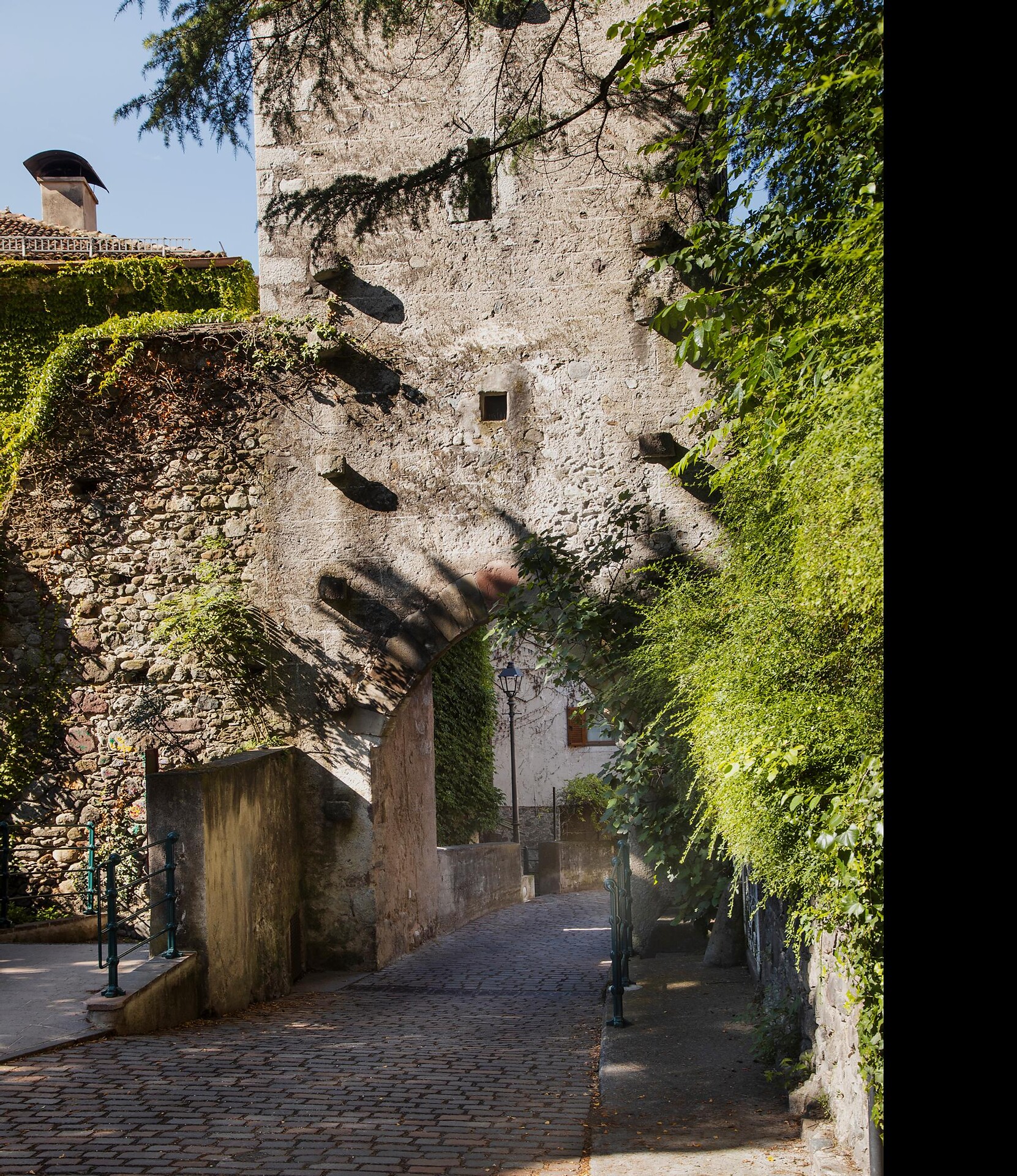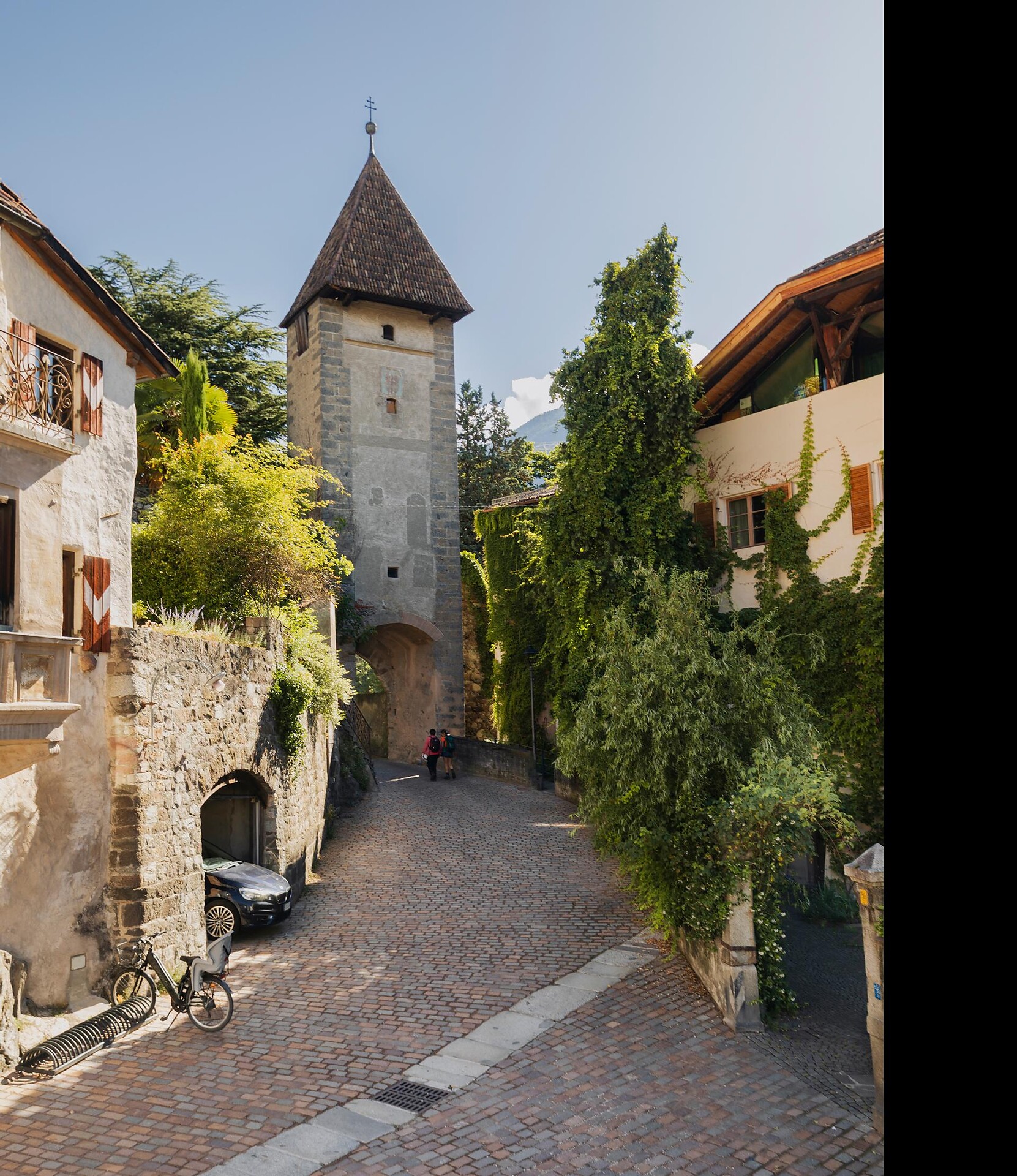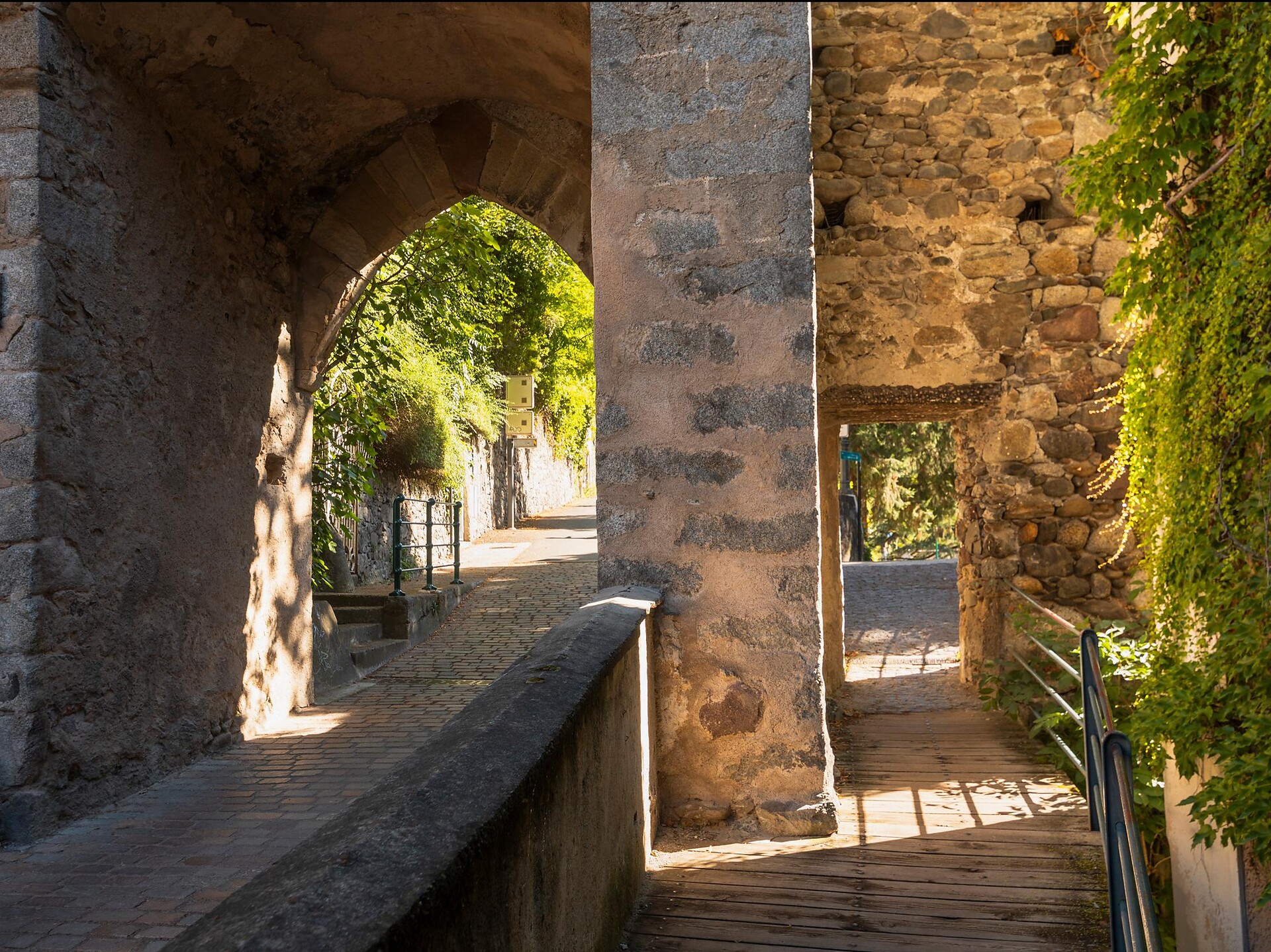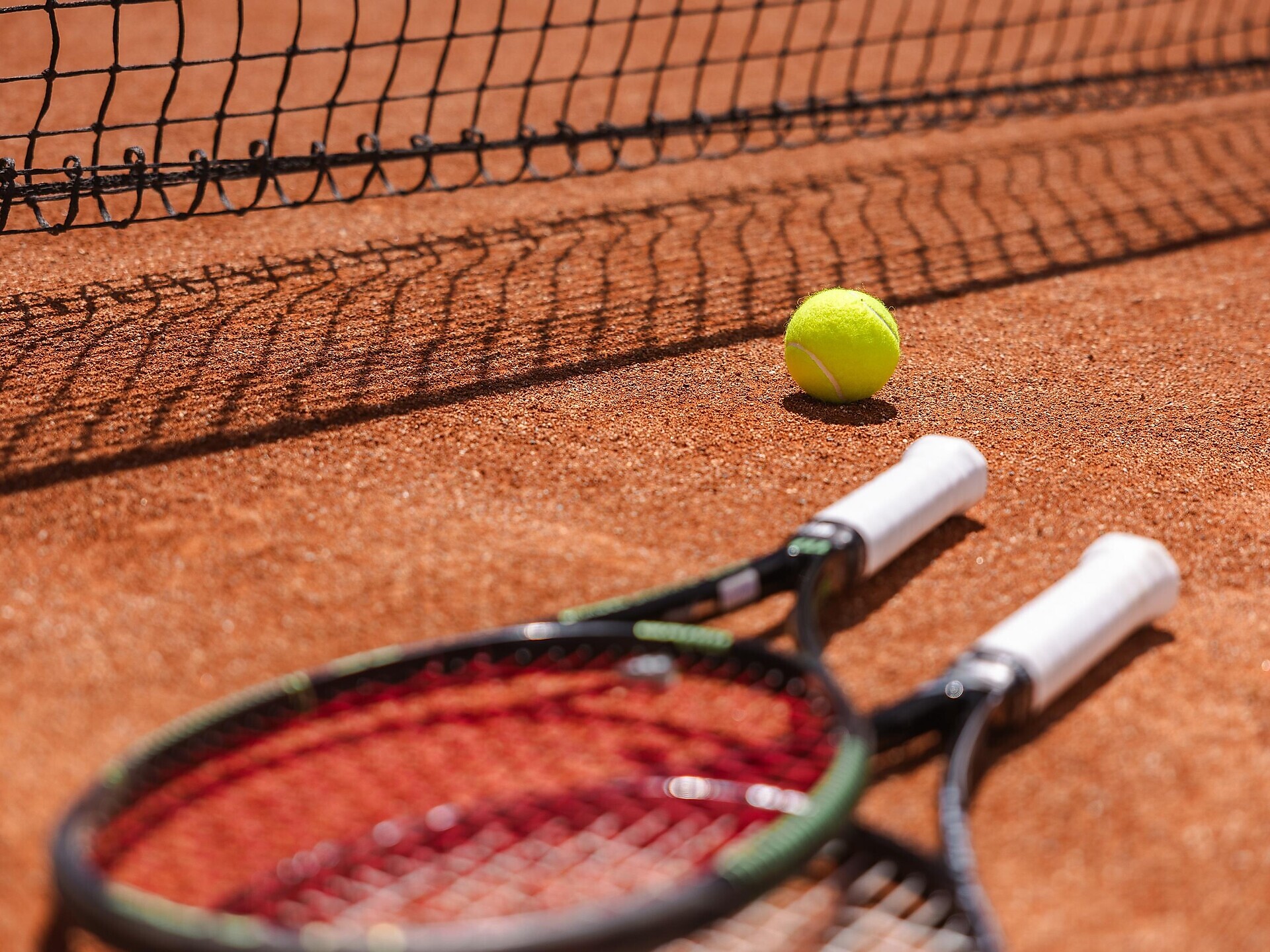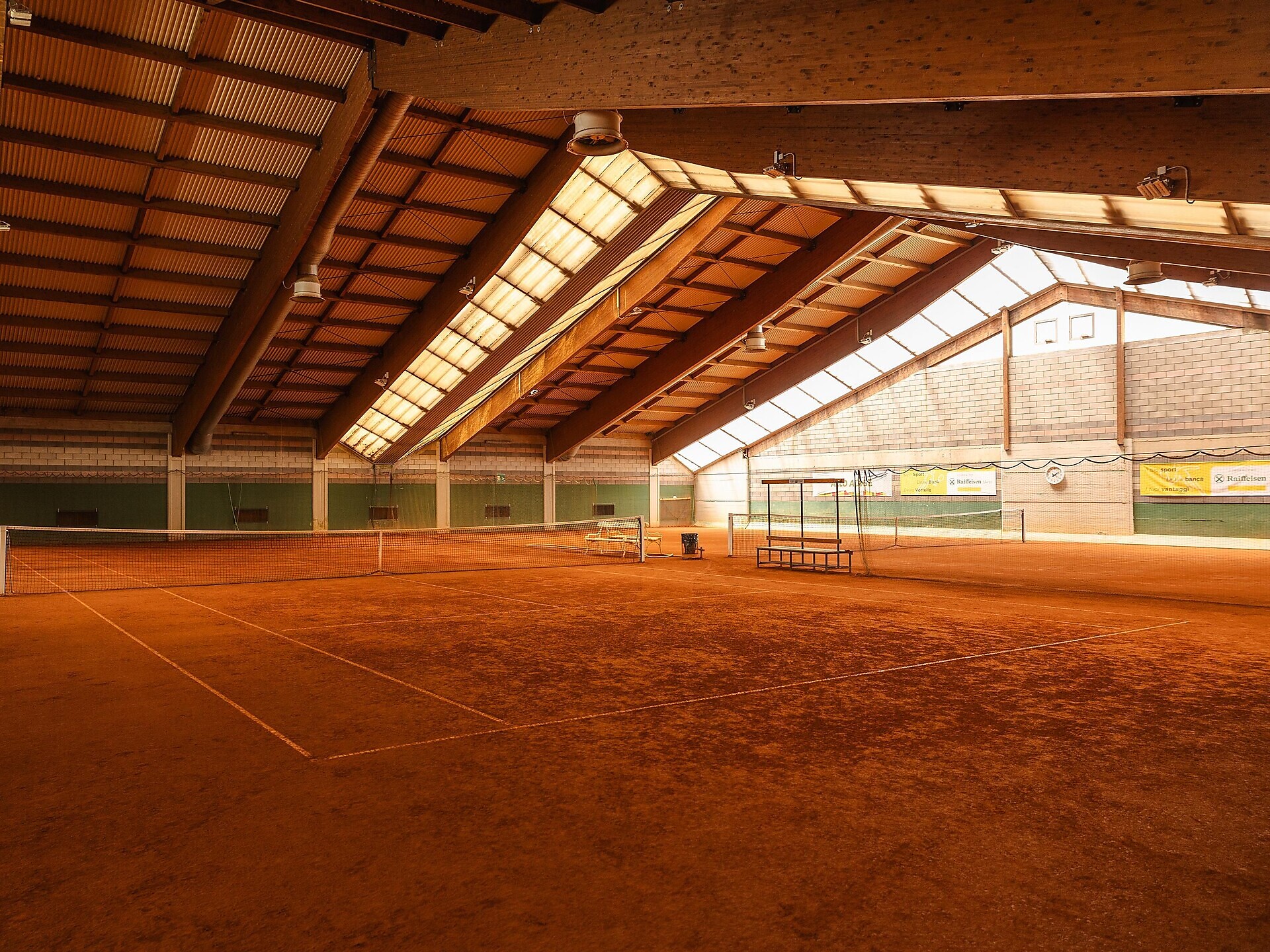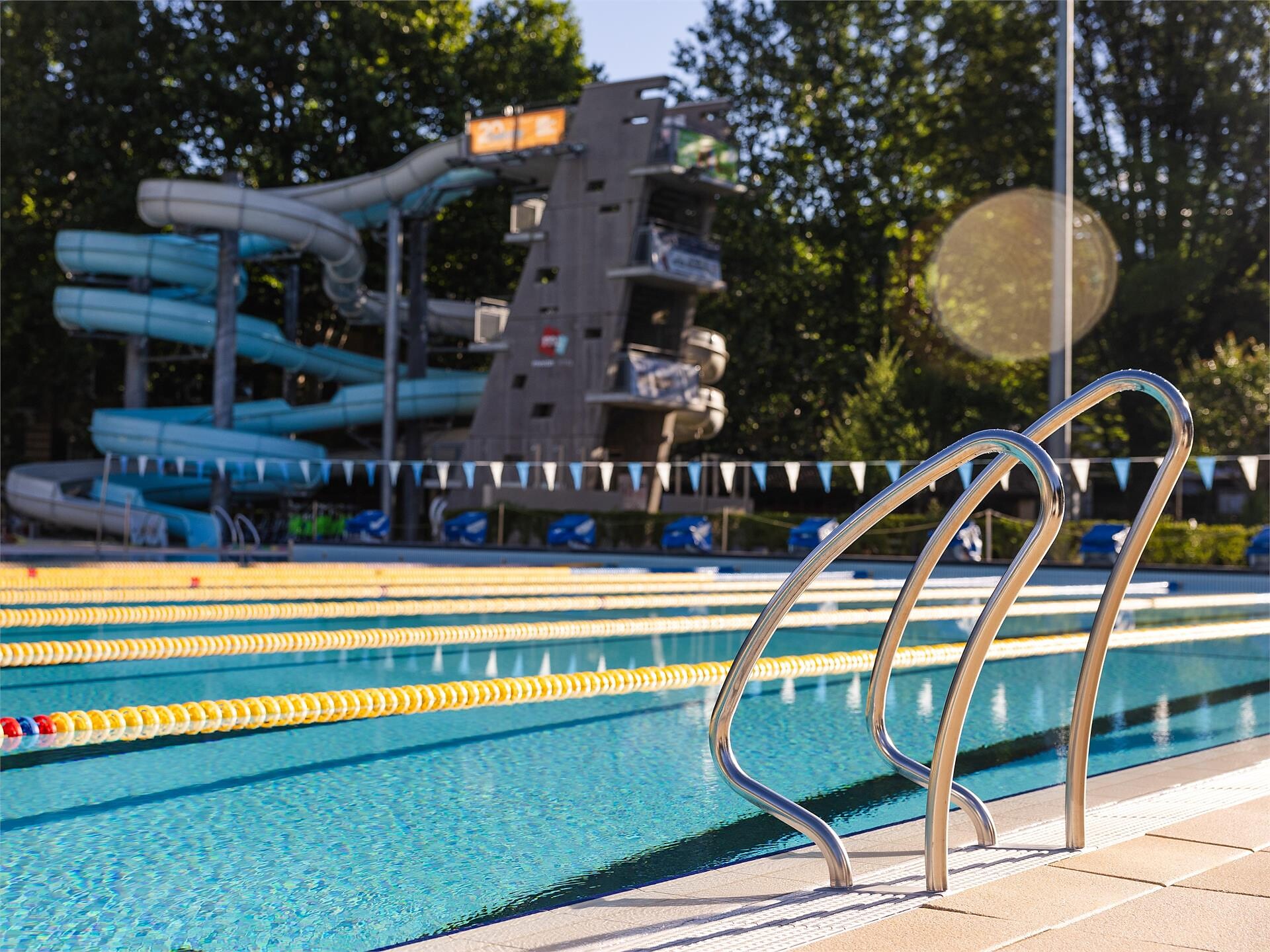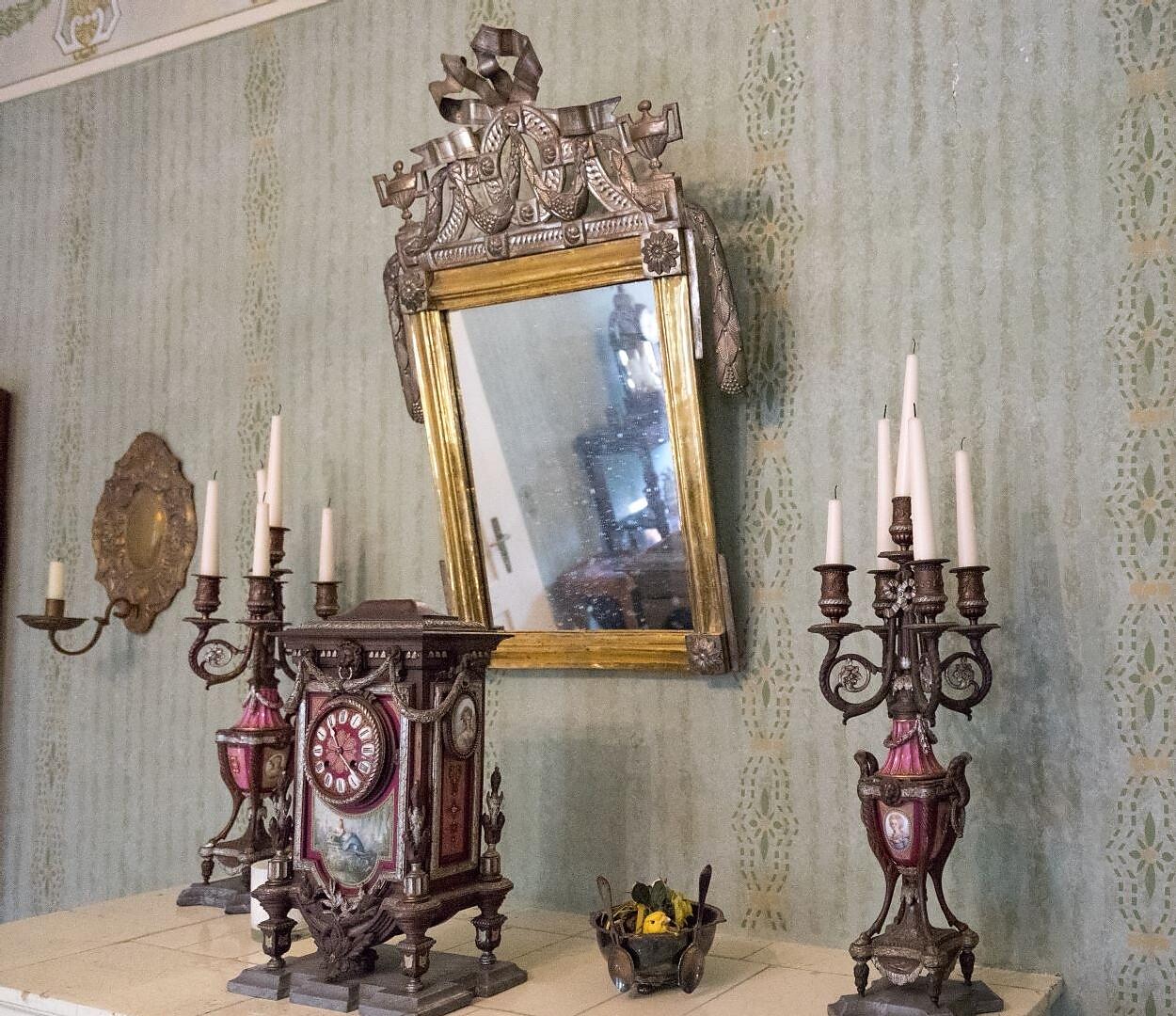In the heart of Merano’s green oasis – nestled between the Passer River and swaying palms – stands a graceful marble figure on a pedestal: the statue of Empress Elisabeth of Austria, affectionately known as “Sisi.” Few individuals have shaped Merano’s history as profoundly as she did. Without Sisi, the town may never have blossomed into the celebrated spa destination that continues to charm visitors from around the globe.
When Empress Elisabeth first came to Merano for a health cure in 1870, the town was still a quiet and somewhat undiscovered retreat. Famous for her beauty, wanderlust, and deep affinity for nature, the Empress sought a gentle climate and healing air – and found them both in Merano. Her presence quickly made headlines. Wherever Sisi stayed, Europe’s high society followed. Soon, aristocrats, artists, and intellectuals arrived, hotels and sanatoriums flourished, and Merano entered a golden age of cultural and economic prosperity.
Elisabeth Park was created in 1903 in her honor – a serene retreat along the Passer River that still retains its romantic charm. Amidst manicured flowerbeds and shaded pathways, the statue – crafted by artist Hermann Klotz – has stood since the park’s inception. It depicts Sisi with refined elegance: draped in a delicate veil, her posture poised yet gentle, surrounded by an atmosphere that still whispers of imperial grace.
What sets this statue apart is its subtle realism. Unlike many idealized portrayals of the Empress, this depiction is tender and introspective. Sisi appears thoughtful – almost vulnerable –, a portrayal that may come closer to the woman she truly was than the glorified images found elsewhere.
Interesting Insights
- Sculptor Hermann Klotz designed the statue so that Sisi gazes toward the majestic mountains – a quiet tribute to her deep love for nature and the Alps.
- Today, Elisabeth Park offers not only historical depth but also a tranquil space to unwind: whether on a shaded bench beneath old trees or strolling the riverside promenade, visitors are accompanied by the gentle murmur of the Passer and a sense of timeless elegance.
- In spring, the park becomes especially enchanting: blooming magnolias and camellias fill the air with fragrance, making it a beloved spot for both locals and guests.
A walk through Elisabeth Park is like stepping back in time – where the refined elegance of the Belle Époque meets the relaxed rhythm of South Tyrol. Anyone visiting Merano should pause by the Sisi statue – and perhaps carry away a touch of the inspiration that once so deeply stirred the Empress herself.



























